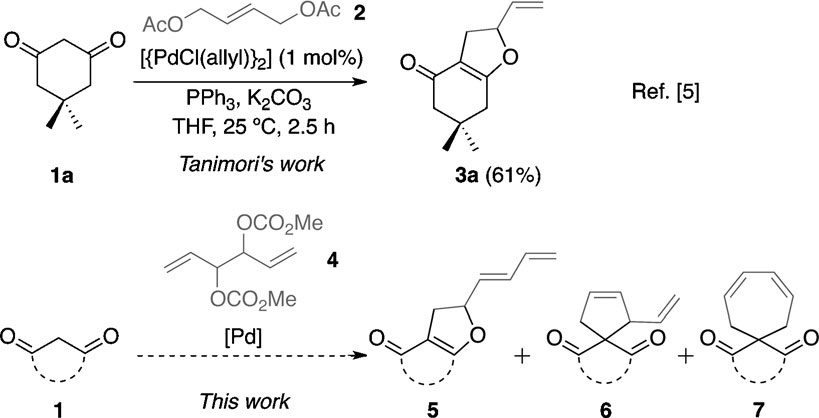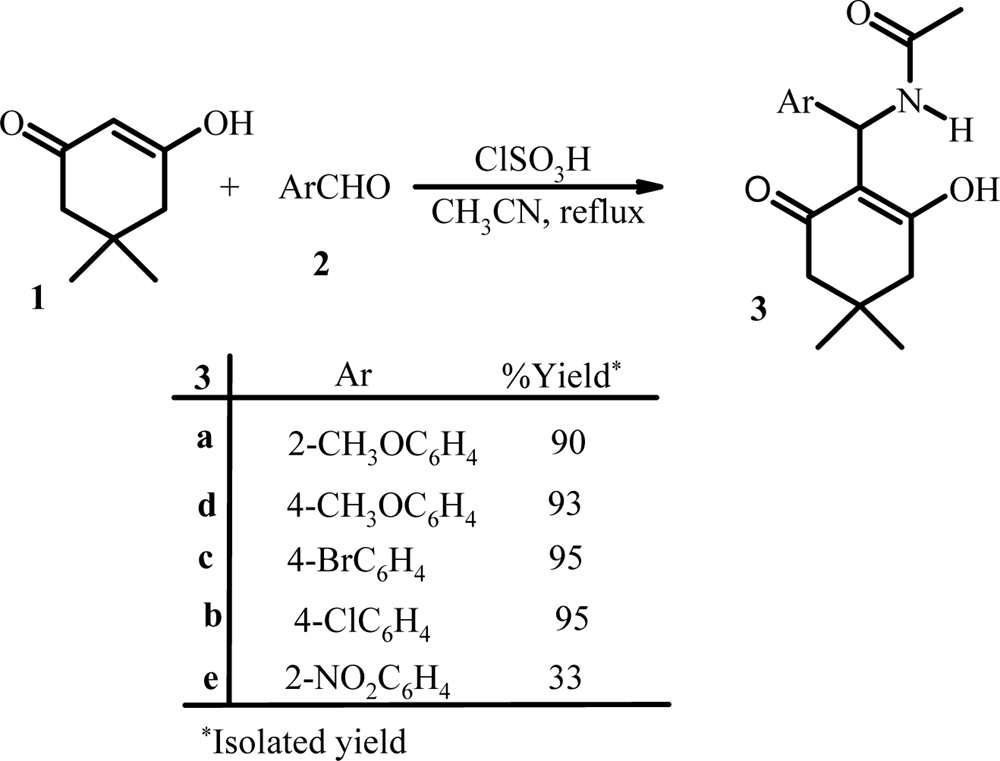Dimedone
CAS number: 126-81-8
Dimedone (DIM) has been introduced as a new chemical compound with anti-bacterial and anti-cancer properties.
Related images

The preparation of vinyldihydrofuran 3a through a palladium-mediated bisalkylation of dimedone 1a using the symmetrical allylic diacetate 2.

Three-component reaction of dimedon, aromatic aldehydes, and acetonitrile.
Related Questions and Answers
A: The new catalytic procedure using palladium and Amberlyst 15® offers several advantages, including high catalyst activity and selectivity, reduced by-product formation, avoidance of the presence of acid, and less salt formation due to the omission of a neutralization step. Additionally, the substrate-to-catalyst ratio can be greater than 100, and the catalyst can be recycled multiple times without a detectable decrease in selectivity.
A: The selective hydrogenation of dimedone to 3,3-dimethylcyclohexanone is significant because it provides a synthetic building block for the fragrance and pharmaceutical industry, enabling the production of key intermediates with high yield and selectivity while avoiding the use of corrosive or toxic reagents.
A: Symmetrical and non-symmetrical diimines are synthesized by reacting enaminothiones derived from dimedone with primary amines in chloroform under reflux conditions. The reaction results in the formation of diimines with moderate yields ranging from 38% to 62%, accompanied by the evolution of hydrogen sulfide, indicating the replacement of sulfur with nitrogen at the thione group.